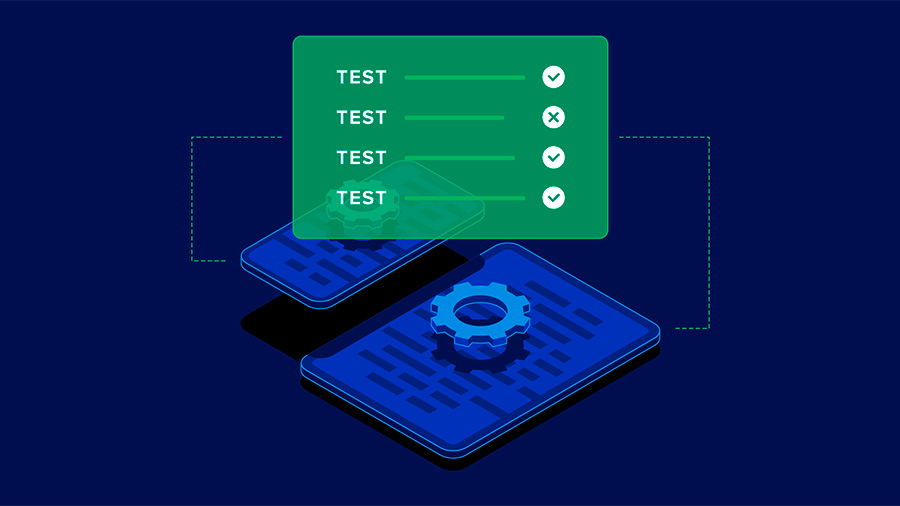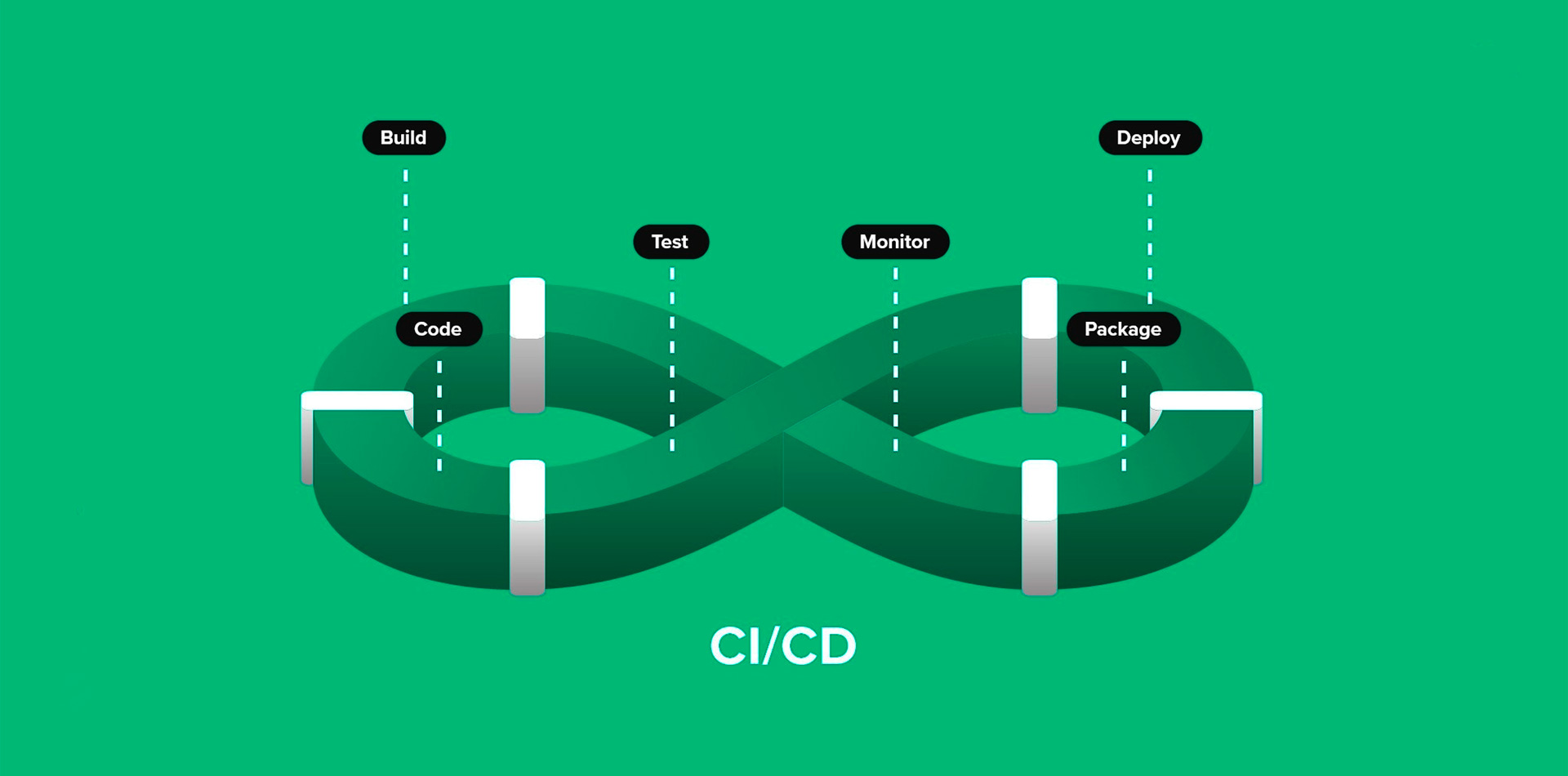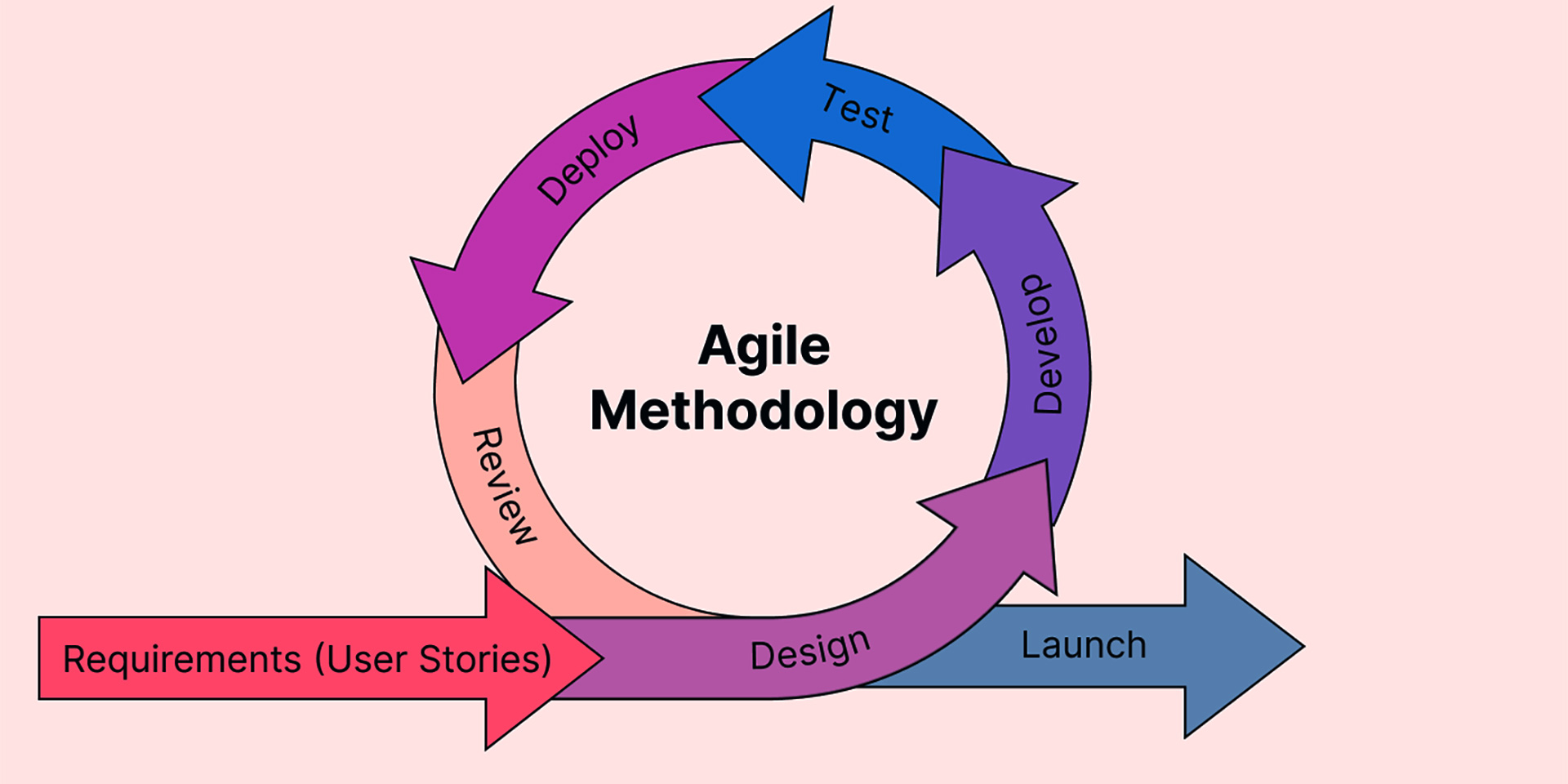In the realm of software development, bugs are an inevitable part of the process. These pesky errors can range from minor inconveniences to major roadblocks in your project. Therefore, having effective bug tracking and fixing practices in place is crucial to ensuring the overall quality and efficiency of your software development projects. In this article, we will explore the best practices for bug tracking and fixes that can help you streamline your development process and deliver high-quality software.
Understanding Bug Tracking
Bug tracking is the process of identifying, documenting, prioritizing, and resolving bugs in software. It is an essential part of the software development lifecycle, as it helps teams manage and resolve issues efficiently. Bug tracking involves several key steps, including:
Identification: Bugs are typically identified through testing, user feedback, or monitoring systems. Once a bug is identified, it needs to be documented.
Documentation: Bugs should be documented in a bug tracking system, including details such as the steps to reproduce the bug, the environment in which it occurred, and any relevant screenshots or logs.
Prioritization: Not all bugs are created equal. It’s important to prioritize bugs based on their severity, impact on the software, and other factors.
Assignment: Bugs should be assigned to the appropriate team member for resolution. Assignments should be based on the team member’s expertise and workload.
Resolution: Once a bug is fixed, it should be verified by the testing team to ensure that the fix is effective and does not introduce any new issues.
![]()
Best Practices for Bug Tracking
Use a Dedicated Bug Tracking System: Use a dedicated bug tracking system to manage bugs. This system should allow you to easily track the status of bugs, assign them to team members, and prioritize them based on their severity.
Document Bugs Thoroughly: When documenting bugs, be sure to include all relevant information, such as the steps to reproduce the bug, the expected behavior, and the actual behavior. This will help developers understand and fix the bug more effectively.
Prioritize Bugs Wisely: Not all bugs need to be fixed immediately. Use a prioritization system to focus on fixing critical bugs that impact the functionality or security of the software.
Communicate Effectively: Communication is key when it comes to bug tracking. Ensure that team members are aware of the status of bugs and any updates or changes to their priority.
Review and Analyze Trends: Regularly review and analyze the bugs that are being reported. Look for trends or patterns that may indicate underlying issues in the software.
Best Practices for Bug Fixes
Understand the Root Cause: Before fixing a bug, it’s important to understand why it occurred. This will help prevent similar bugs from occurring in the future.
Test Fixes Thoroughly: After fixing a bug, thoroughly test the software to ensure that the fix is effective and does not introduce any new issues.
Document Fixes: Document the fix for each bug, including details such as the code changes made and any other relevant information. This will help other team members understand the fix and its implications.
Verify Fixes: Once a bug is fixed, it should be verified by the testing team to ensure that the fix is effective and does not introduce any new issues.
Monitor for Recurrence: After a bug is fixed, monitor the software to ensure that the bug does not reoccur. If it does, investigate the root cause and implement additional fixes as necessary.

Automated Testing
Automated testing is a key practice in modern software development for identifying bugs early in the development process. It involves using software tools to run tests on the application code and compare the actual results with the expected results. Automated testing helps catch bugs before they reach production, reducing the cost and time associated with fixing them.
Continuous Integration and Continuous Deployment (CI/CD)
CI/CD practices involve automating the process of integrating code changes into a shared repository and deploying them to production. This approach allows developers to detect and fix bugs early in the development cycle, leading to faster and more reliable software releases.
Regular Code Reviews
Code reviews are a critical practice for identifying bugs and improving code quality. By regularly reviewing code changes, developers can catch bugs early and provide feedback to improve the overall quality of the codebase.
Bug Bounty Programs
Bug bounty programs are initiatives that offer rewards to individuals who identify and report bugs in software. These programs can be an effective way to crowdsource bug identification and encourage researchers to actively search for vulnerabilities in your software.
Conclusion
Effective bug tracking and fixes are essential for delivering high-quality software. By following these best practices, you can streamline your bug tracking process, prioritize and resolve bugs more effectively, and ultimately deliver better software to your users.



